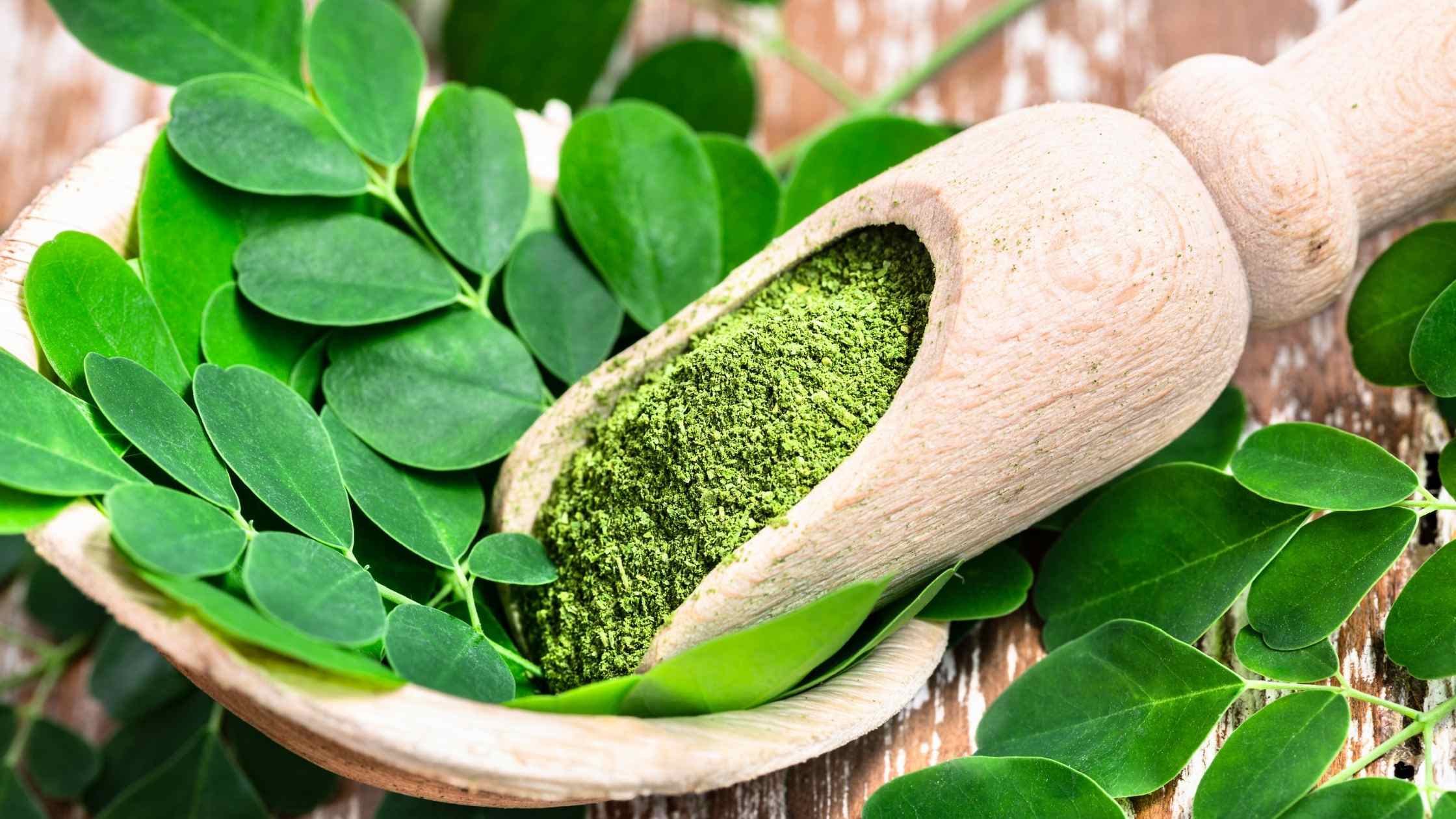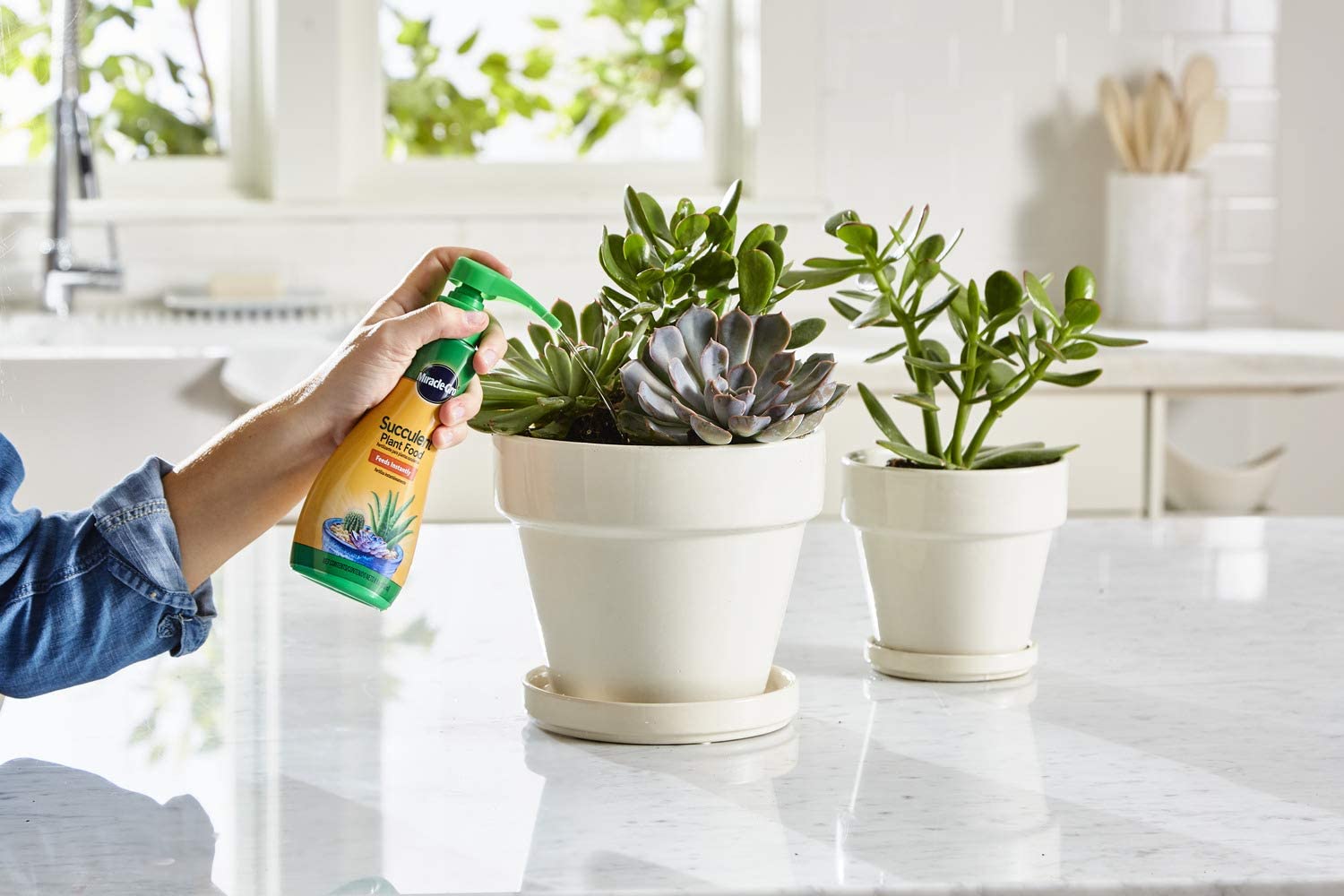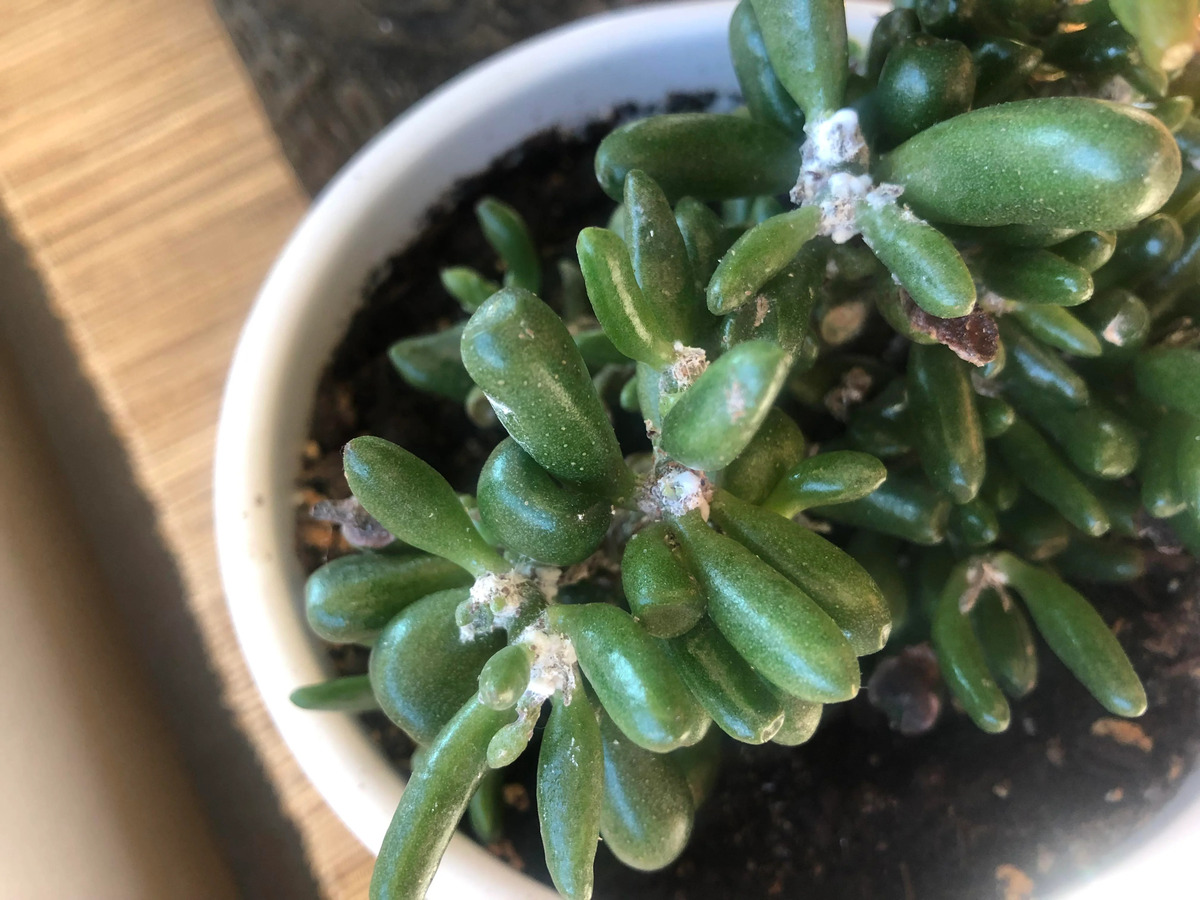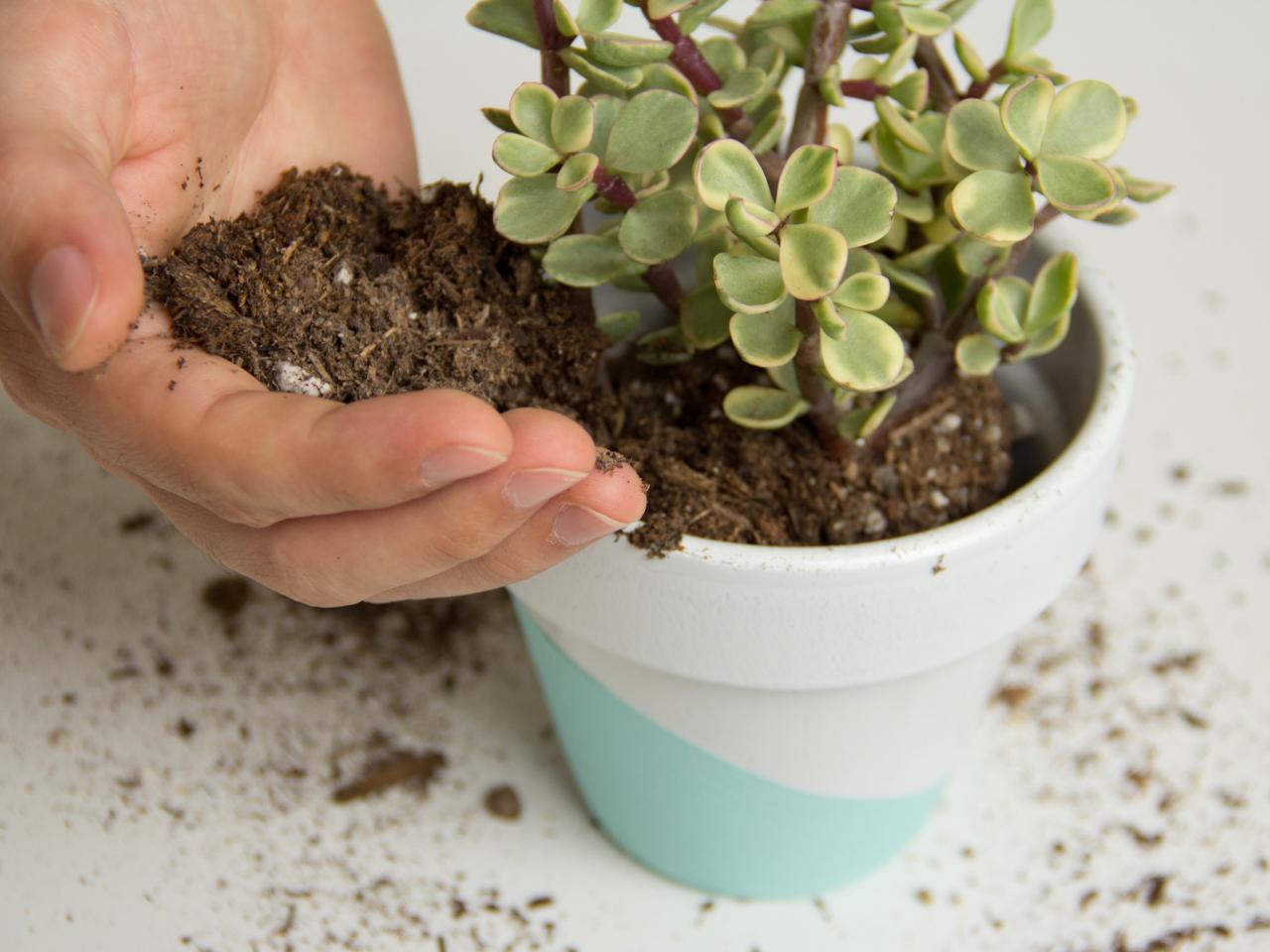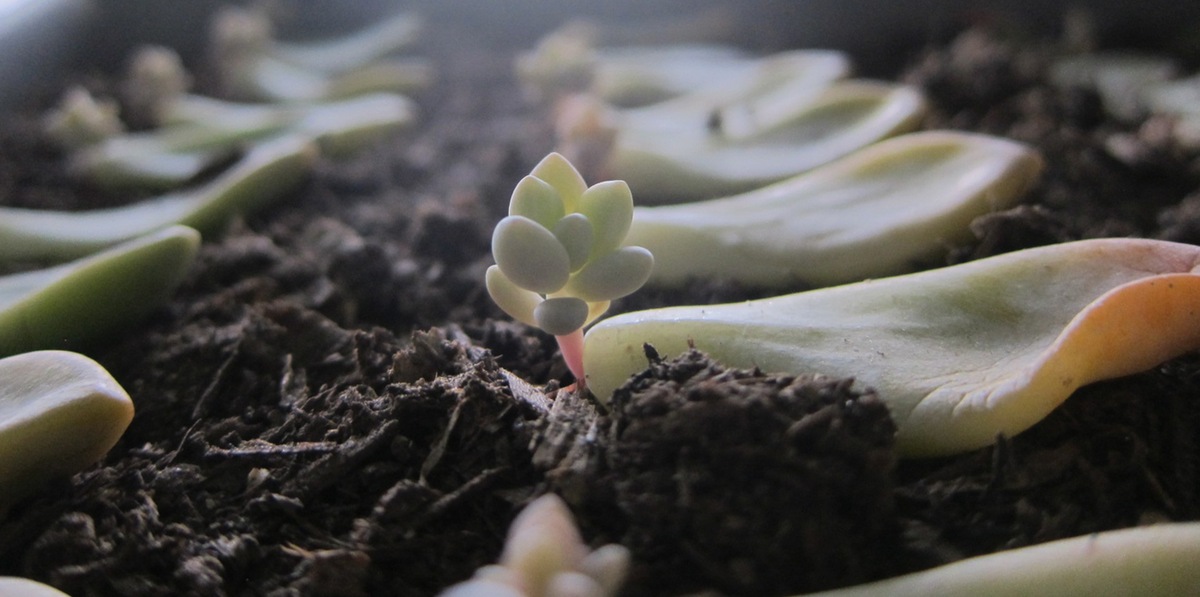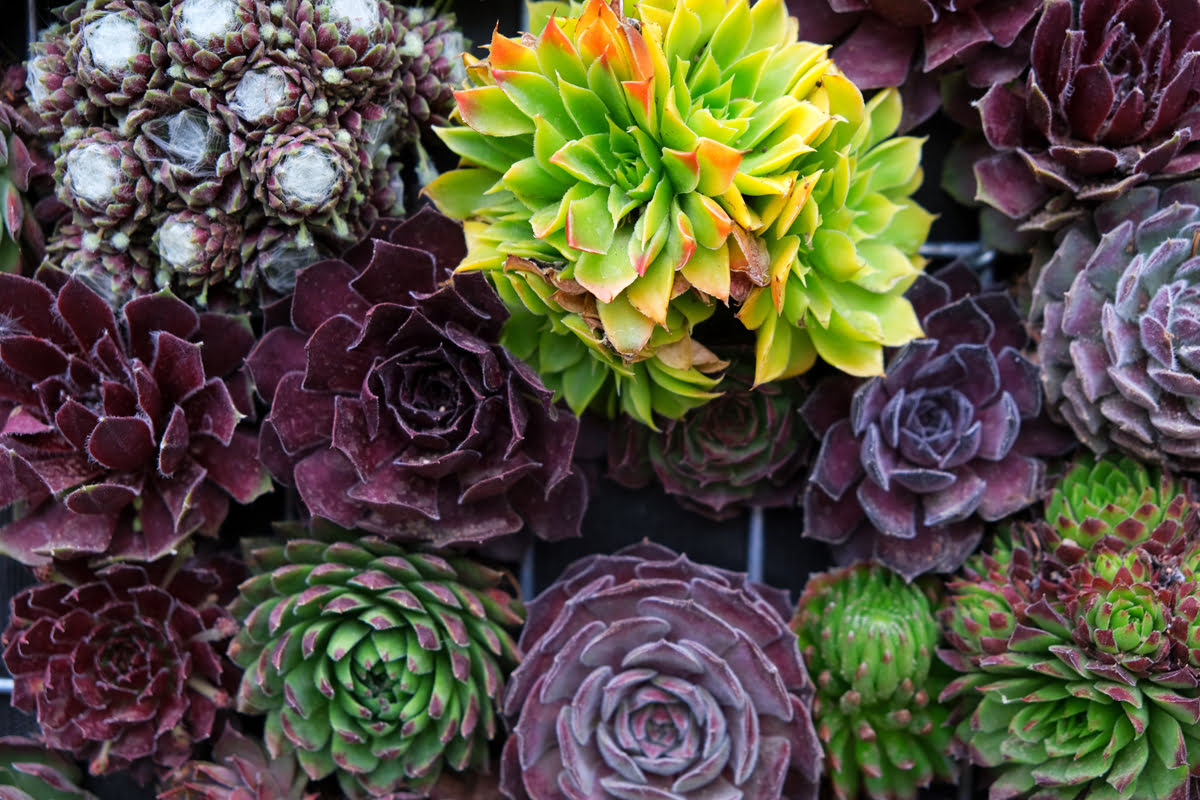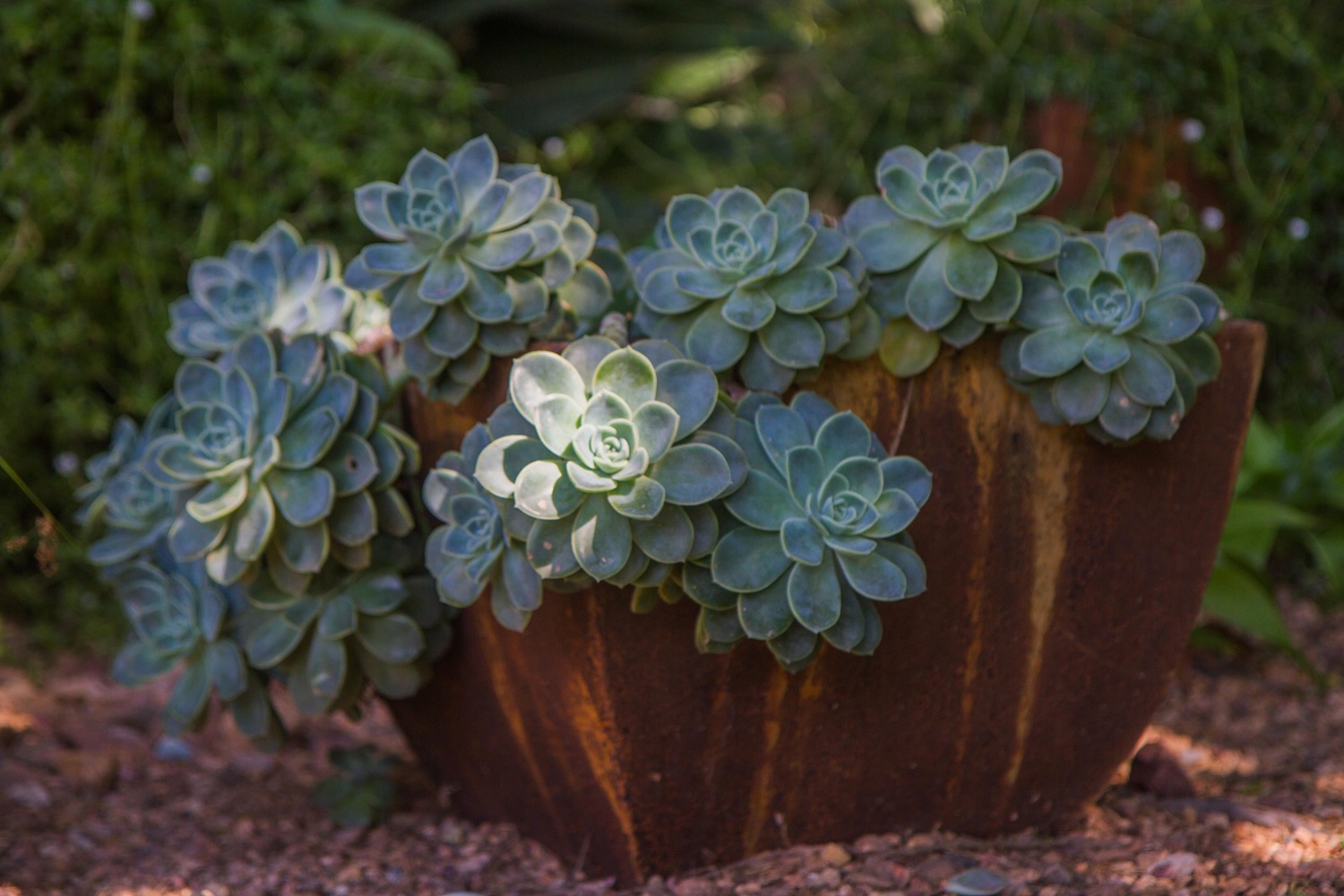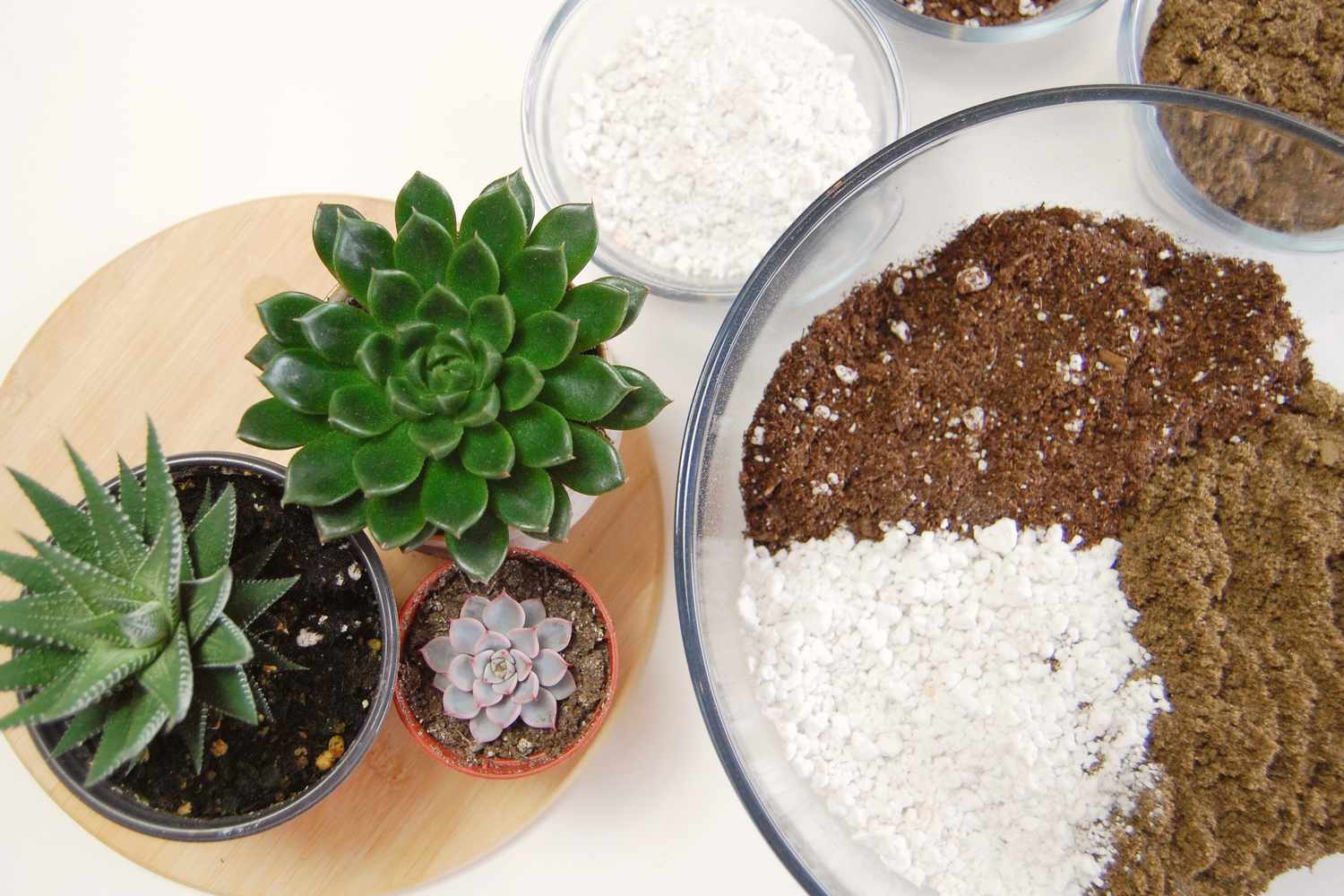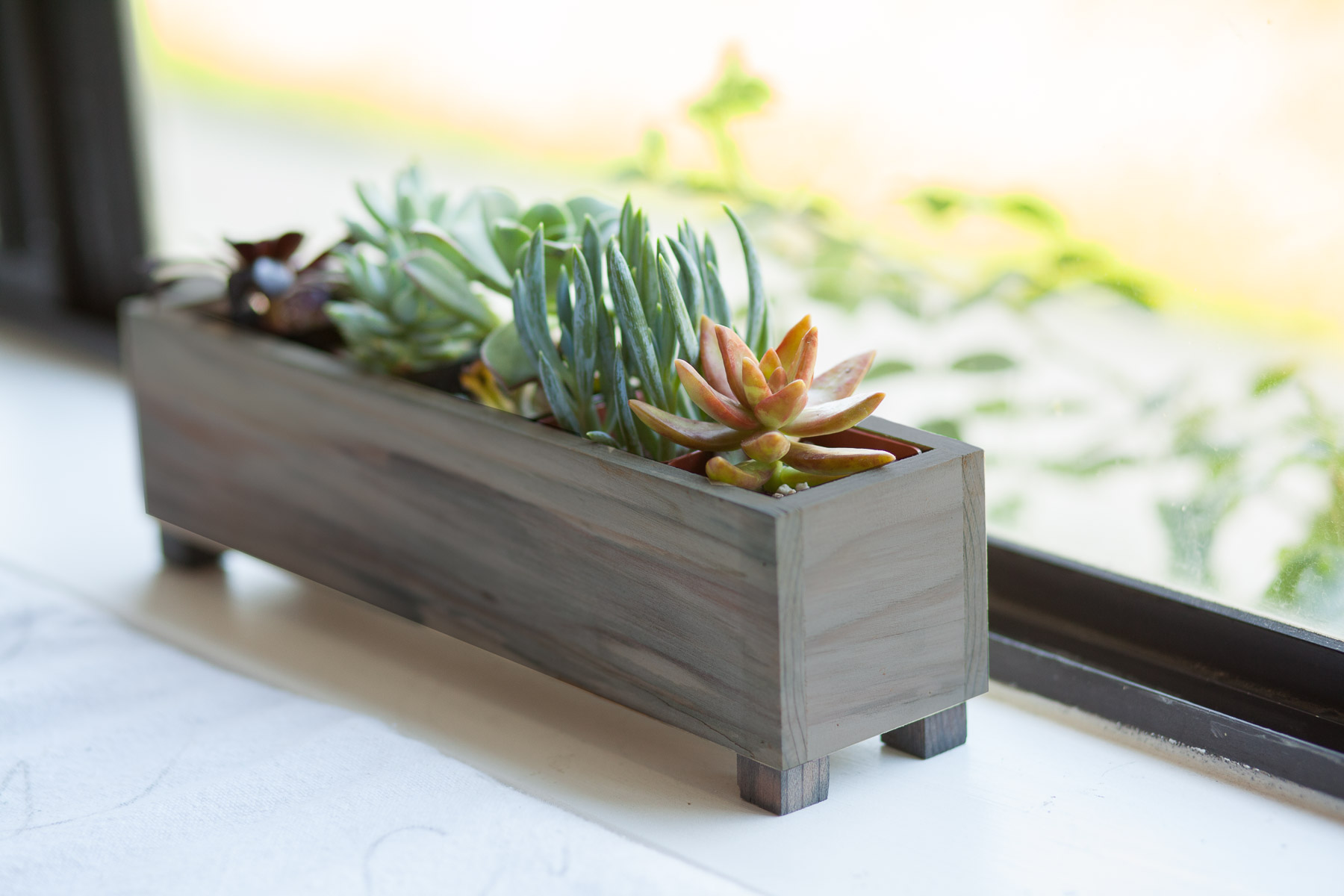Home>Types of Gardening>Ornamental Gardening>What Succulents Are Safe For Bearded Dragons
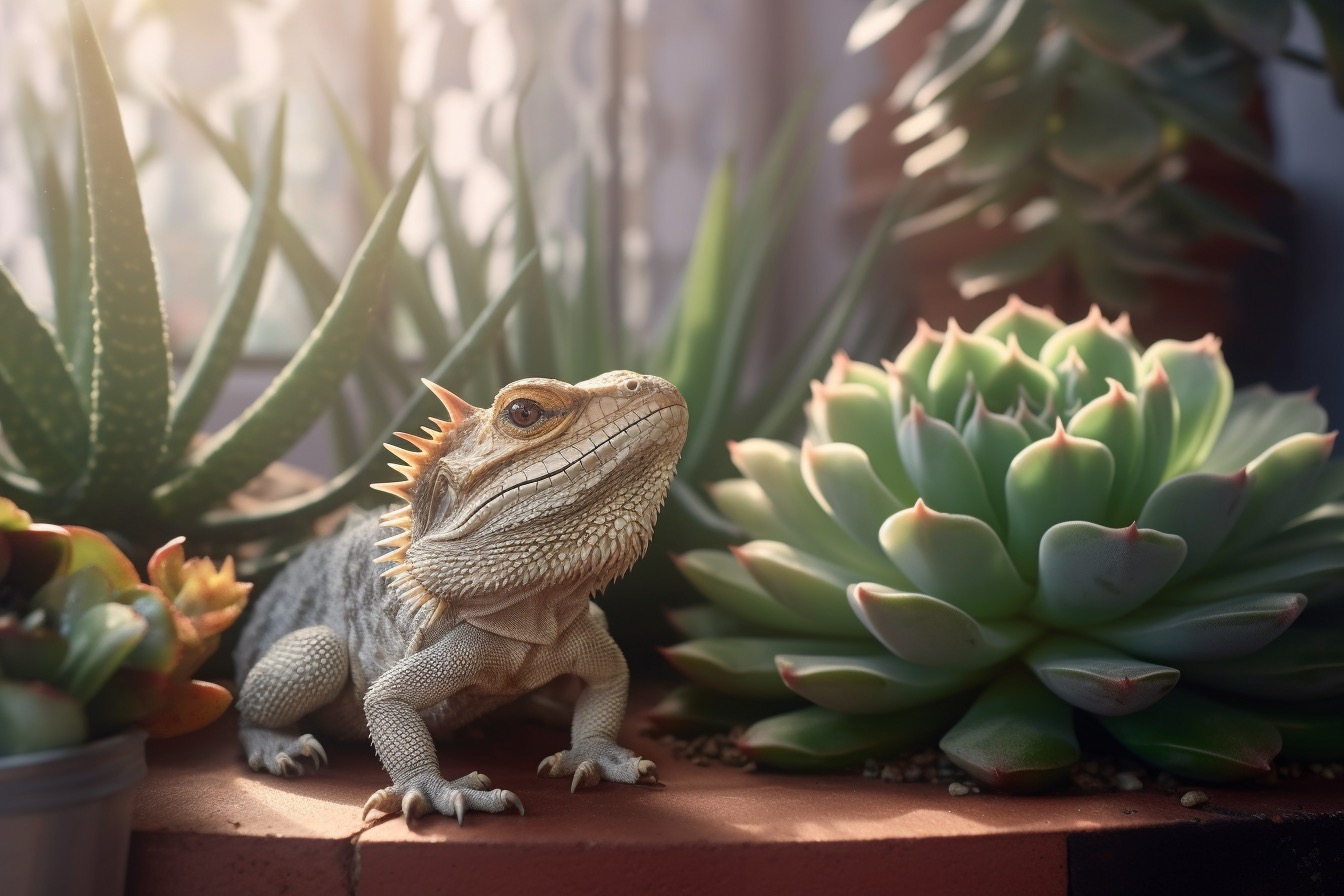

Ornamental Gardening
What Succulents Are Safe For Bearded Dragons
Published: December 28, 2023
Discover the safest succulents for your bearded dragon in our comprehensive guide to ornamental gardening. Enhance your dragon's habitat with these beautiful and non-toxic plants.
(Many of the links in this article redirect to a specific reviewed product. Your purchase of these products through affiliate links helps to generate commission for Chicagolandgardening.com, at no extra cost. Learn more)
Table of Contents
- Introduction
- Bearded Dragons as Pets
- Understanding Bearded Dragons’ Diet
- Safe Plants for Bearded Dragons
- Succulents as Safe Plants for Bearded Dragons
- Aloe Vera
- Hens and Chicks (Sempervivum)
- Sedum (Stonecrop)
- Echeveria
- Crassula (Jade Plant)
- Opuntia (Prickly Pear Cactus)
- Haworthia
- Agave
- Precautions for Feeding Succulents to Bearded Dragons
- Conclusion
Introduction
Welcome to the world of ornamental gardening, where you can transform your outdoor space into a beautiful sanctuary filled with colorful flowers, lush greenery, and stunning designs. Ornamental gardening is not just about making your garden look aesthetically pleasing; it’s also about creating a harmonious balance between nature and design, and embracing the therapeutic benefits of gardening.
As an SEO expert in the field of ornamental gardening, I am excited to share my knowledge and expertise with you. In this comprehensive article, we will explore the world of ornamental gardening, focusing specifically on succulents and their role in creating a visually appealing garden.
Succulents are known for their unique ability to store water in their leaves, stems, and roots, making them extremely resilient and low-maintenance plants. They come in a wide variety of shapes, colors, and sizes, making them a versatile choice for any garden style.
However, when it comes to choosing succulents for your garden, it is important to consider factors such as climate, soil type, and maintenance requirements. In addition, if you have pets, especially bearded dragons, it is crucial to ensure that the succulents you choose are safe for them.
Bearded dragons are popular reptile pets known for their unique appearance and docile nature. They require a balanced diet consisting of a variety of insects, vegetables, and even some plants. However, not all plants are safe for bearded dragons to consume, as some may be toxic or indigestible.
In this article, we will explore the different types of succulents that are safe for bearded dragons to consume. Whether you’re a bearded dragon owner or simply interested in learning more about ornamental gardening, this article will provide you with valuable information and insights.
Bearded Dragons as Pets
Bearded dragons, scientifically known as Pogona vitticeps, are popular reptile pets that have gained immense popularity in recent years. Native to Australia, these gentle lizards make great companions due to their calm and docile nature.
Bearded dragons are renowned for their unique appearance, characterized by spiky scales on their throat, which they can puff out to create an impressive “beard” during territorial or courtship displays. This distinctive feature, along with their friendly demeanor, has earned them their name.
These reptiles are relatively easy to care for, making them suitable pets for both beginners and experienced reptile enthusiasts. They require spacious enclosures that mimic their natural habitat, including appropriate lighting, heating, and humidity levels.
One fascinating aspect of bearded dragons is their omnivorous diet. In the wild, they consume a variety of insects, vegetation, and even small mammals. This dietary versatility makes it easier for owners to provide a balanced and nutritious diet for their beloved pets.
When it comes to feeding bearded dragons, it is essential to provide them with a combination of live insects, fresh vegetables, and safe plants. This diverse diet ensures that they receive the necessary nutrients to thrive and maintain optimal health.
However, it is important to note that not all plants are safe for bearded dragons to consume. Some plants may be toxic, indigestible, or cause digestive issues. Therefore, it is crucial for pet owners to educate themselves about safe plant options for their bearded dragons.
In the following sections, we will explore the different types of succulents that are safe for bearded dragons to consume. By incorporating these plants into your pet’s habitat, you can provide them with a visually appealing and nutritionally balanced environment.
Understanding Bearded Dragons’ Diet
In order to provide the best care for your bearded dragon and ensure their health and well-being, it is crucial to have a thorough understanding of their dietary needs. Bearded dragons are omnivorous reptiles, meaning they eat both animal-based and plant-based foods.
When it comes to their diet, bearded dragons require a variety of nutrients, including protein, calcium, vitamins, and minerals. Providing a balanced diet is essential to promote healthy growth and prevent nutritional deficiencies.
The primary component of a bearded dragon’s diet is live insects, which provide them with the necessary protein and essential amino acids. Common insect options include crickets, mealworms, roaches, and silkworms. These insects should be gut-loaded with nutritious foods or dusted with calcium and vitamin supplements before being fed to your bearded dragon.
In addition to insects, bearded dragons also consume a variety of vegetables and fruits. Leafy greens such as kale, collard greens, mustard greens, and dandelion greens are excellent options. Other safe vegetables include bell peppers, squash, carrots, and broccoli. Fruits can be fed in moderation and should be low in sugar, such as berries or melons.
But it doesn’t stop there – plant-based foods also play an important role in a bearded dragon’s diet. Including safe plants in their habitat provides enrichment and adds visual interest to their enclosure. This is where succulents come into play.
Now that we have a basic understanding of bearded dragons’ dietary needs, let’s explore the different types of succulents that are safe for them to consume. These succulents not only add a touch of natural beauty to your pet’s habitat, but they also provide some health benefits when included in their diet.
Safe Plants for Bearded Dragons
When it comes to selecting plants for your bearded dragon’s habitat, it is crucial to choose ones that are safe for them to consume. While some plants can be toxic or indigestible for reptiles, there are several plant options that are considered safe for bearded dragons.
Before introducing any new plant into your pet’s enclosure, it is essential to thoroughly research and ensure its safety. Here are some common safe plant options for bearded dragons:
- Hibiscus: This vibrant flowering plant not only adds a pop of color to the enclosure but is also safe for bearded dragons to consume. The leaves and flowers of the hibiscus plant are high in fiber and provide a good source of hydration.
- Rosemary: Known for its aromatic properties, rosemary is a safe herb for bearded dragons. It contains essential oils that can aid in digestion and provide some additional flavor to their diet.
- Pansies: These colorful flowers are not only visually appealing but also safe for bearded dragons. Pansies are a great source of vitamins A and C and can provide a nutritional boost to your pet’s diet.
- Spider Plant: Spider plants are non-toxic and safe for bearded dragons. They can add a touch of greenery to the enclosure and are easy to care for. Bearded dragons may nibble on the leaves of the spider plant occasionally.
- Wandering Jew: Another safe plant option is the Wandering Jew, which comes in various colors and is easy to care for. The leaves of this plant are safe for bearded dragons to consume and can provide some additional hydration.
These are just a few examples of safe plant options for bearded dragons. However, it’s important to note that not all plants commonly found in pet stores or nurseries may be safe for reptiles. Always do your research and consult with a reptile veterinarian or an expert in exotic pet care before introducing any new plant into your bearded dragon’s enclosure.
While these plants are safe for consumption, it is recommended to provide them in moderation as part of a varied and well-balanced diet. Always observe your bearded dragon for any signs of digestive discomfort or adverse reactions to the plants, and make adjustments accordingly.
Now that we understand the importance of incorporating safe plants into your bearded dragon’s habitat, let’s delve into the world of succulents and explore which ones are safe for them to consume.
Succulents as Safe Plants for Bearded Dragons
Succulents are not only visually appealing but can also be a safe and nutritious addition to your bearded dragon’s diet. These water-storing plants come in various shapes, sizes, and colors, making them a versatile choice for any reptile habitat. When selecting succulents for your bearded dragon, it is important to choose ones that are non-toxic and safe for consumption.
Here are some succulents that are considered safe for bearded dragons:
- Aloe Vera: Known for its healing properties for humans, aloe vera is also safe for bearded dragons. The gel from the leaves can be given to your pet in small amounts as a natural hydration source. Just make sure to remove the yellow latex layer beneath the gel, as it can be a laxative when consumed in large quantities.
- Hens and Chicks (Sempervivum): These rosette-shaped succulents are not only attractive but also safe for bearded dragons. They provide a good source of hydration and can be offered as a small snack. However, be cautious of the sharp spines on the leaves, as they can be a choking hazard.
- Sedum (Stonecrop): Sedum is another safe succulent option for bearded dragons. These low-growing, fleshy plants can be nibbled on occasionally, providing some additional hydration and fiber to their diet.
- Echeveria: With their rosette-shaped symmetrical leaves, echeverias are popular succulents that are safe for bearded dragons. They can provide some natural visual enrichment and are safe for occasional nibbling.
- Crassula (Jade Plant): The jade plant, also known as Crassula, is safe for bearded dragons when offered in moderation. This succulent can be a part of a balanced diet, providing some additional fiber and nutrition.
- Opuntia (Prickly Pear Cactus): The pads of the prickly pear cactus, also known as opuntia, are safe for bearded dragons and can be a valuable source of hydration. Just be sure to remove the spines before offering it to your pet.
- Haworthia: Haworthias are small, slow-growing succulents that are safe for bearded dragons. These miniature plants can add visual interest to the enclosure and can be offered as a treat occasionally.
- Agave: Agave plants are safe for bearded dragons and can provide a source of hydration. However, it’s important to note that these plants contain a high amount of sugar, so they should be offered sparingly as a treat.
It’s crucial to remember that while these succulents are considered safe for consumption, they should be offered in moderation and as part of a varied diet. Bearded dragons require a balanced mix of protein, vegetables, and safe plant options to meet their nutritional needs.
Always monitor your bearded dragon’s health and behavior when introducing new types of plants or food into their diet. If you notice any adverse reactions or digestive issues, discontinue their consumption and consult with a reptile veterinarian.
Now that we have explored the safe succulents for bearded dragons, it’s important to be aware of some precautions when feeding these plants to your beloved pet.
Aloe Vera
Aloe vera, a succulent plant known for its healing properties, is not only beneficial for humans but also safe for bearded dragons. This versatile plant has long, thick leaves filled with a gel-like substance that is rich in nutrients and can provide hydration for your pet.
When offering aloe vera to your bearded dragon, it is important to ensure that you are using the gel from the leaves and not the yellow latex layer beneath. The latex layer can act as a laxative when consumed in large quantities and may cause digestive issues. Therefore, it is recommended to carefully remove this layer before feeding the gel to your bearded dragon.
Aloe vera gel can be a valuable source of hydration for bearded dragons, especially during hot weather or when they are showing signs of dehydration. You can offer them a small amount of the gel as a treat or mix it with their food to enhance its moisture content.
In addition to its hydrating properties, aloe vera gel also contains vitamins, minerals, and enzymes that can promote digestive health. It can help soothe any irritation or inflammation in the digestive tract of bearded dragons. However, it is important to note that aloe vera should be offered in moderation and as part of a varied diet to avoid overconsumption.
When using aloe vera as a dietary supplement for your bearded dragon, make sure to choose a plant that has not been treated with pesticides or other chemicals. It is best to grow your own aloe vera at home or purchase organic aloe vera gel from reputable sources.
Always monitor your bearded dragon’s reaction to aloe vera consumption. Watch for any signs of digestive upset or adverse reactions. If you notice any concerns, stop feeding aloe vera and consult with a reptile veterinarian for further guidance.
Remember, while aloe vera can be a safe and beneficial addition to your bearded dragon’s diet, it should not replace the primary sources of nutrition, such as live insects and vegetables.
In the next section, we will explore another safe succulent option for bearded dragons – Hens and Chicks (Sempervivum).
Hens and Chicks (Sempervivum)
Hens and Chicks, scientifically known as Sempervivum, is a popular succulent plant that is not only visually appealing but also safe for bearded dragons to consume. These rosette-shaped succulents get their name from the way they propagate, with the main plant being the “hen” and the smaller offshoots being the “chicks.”
When it comes to bearded dragons, Hens and Chicks can provide both aesthetic value and a nutritious snack. In their natural habitat, bearded dragons may encounter small plants and greenery, which they would nibble on to supplement their diet. Hens and Chicks are a safe option to mimic this behavior in captivity.
The fleshy leaves of Hens and Chicks contain water and some nutrients, making them a source of hydration and a small amount of fiber for bearded dragons. Offering them as occasional snacks can provide some enrichment and variety to their diet.
It is important to note that while Hens and Chicks are safe for bearded dragons, the sharp spines on the leaves can pose a choking hazard if swallowed whole. To avoid this, be cautious and provide smaller pieces or remove any sharp parts before offering the plant to your pet.
It’s worth mentioning that Hens and Chicks are typically low-maintenance plants that thrive in well-draining soil and require minimal watering. This makes them an excellent choice for both indoor and outdoor enclosures for bearded dragons.
As with any new addition to your bearded dragon’s diet, it is essential to introduce Hens and Chicks gradually and monitor your pet’s reaction closely. Every bearded dragon may have different preferences and tolerances, so it’s important to watch for any signs of digestive upset or adverse reactions.
If your bearded dragon shows a lack of interest in Hens and Chicks, do not force them to consume it. Providing a variety of safe plant options for your pet ensures that they have diverse nutrients in their diet.
In the next section, we will explore another safe succulent option for bearded dragons – Sedum (Stonecrop).
Sedum (Stonecrop)
Sedum, commonly known as Stonecrop, is a versatile and resilient succulent that is safe for bearded dragons to consume. With its low-growing and fleshy leaves, Sedum adds visual interest to your pet’s enclosure while providing some nutritional benefits.
Sedum plants are known for their water-storing capabilities, making them drought-tolerant and low-maintenance. This quality also means that they can provide a source of hydration for bearded dragons when consumed in small amounts.
Offering Sedum as an occasional snack to your bearded dragon can provide some additional fiber and moisture in their diet. The leaves of Sedum are succulent and contain water, making them a refreshing treat for your pet.
When including Sedum in your bearded dragon’s enclosure, it’s important to ensure that the plant is free from any pesticides or chemicals that may be harmful to reptiles. Growing your own Sedum or purchasing it from reputable sources can help ensure its safety.
As with any new addition to your bearded dragon’s diet, it’s important to introduce Sedum gradually and pay close attention to their reaction. Watch for any signs of digestive upset or adverse reactions, and adjust their diet accordingly.
Remember, Sedum should be offered in moderation and as part of a varied diet. It should not replace the primary sources of nutrition, such as live insects and vegetables, in your bearded dragon’s diet.
Providing a diverse range of safe plants, including Sedum, can enrich your bearded dragon’s environment and mimic their natural feeding behaviors in the wild. It also adds visual interest and creates a more natural and aesthetically pleasing habitat for your pet.
In the next section, we will explore another safe succulent option for bearded dragons – Echeveria.
Echeveria
Echeveria is a popular succulent plant that is not only visually stunning but also safe for bearded dragons to consume. With its rosette-shaped symmetrical leaves and vibrant colors, Echeveria can add beauty and interest to your pet’s enclosure while providing some nutritional benefits.
When it comes to bearded dragons, Echeveria can be offered as a safe and occasional snack. The fleshy leaves of Echeveria contain water and a small amount of fiber, making them a source of hydration and providing some additional nutrients for your pet.
Introducing Echeveria to your bearded dragon’s diet can offer some variety and enrichment. Since bearded dragons may nibble on plants in their natural habitat, providing Echeveria allows them to exhibit their natural feeding behaviors in captivity.
It is important to note that Echeveria should be offered in moderation and as part of a balanced diet. It should not replace the primary sources of nutrition, such as live insects and vegetables, in your bearded dragon’s diet.
Always monitor your bearded dragon’s reaction to Echeveria consumption. Watch for any signs of digestive upset or adverse reactions, and adjust their diet accordingly. Not all bearded dragons may show equal interest in consuming Echeveria, so it’s important to understand and respect your pet’s individual preferences.
When adding Echeveria to your bearded dragon’s enclosure, make sure to choose plants that are free from pesticides or chemicals that may be harmful to reptiles. Growing your own Echeveria or purchasing it from reputable sources can help ensure its safety.
Remember, the well-being and overall health of your bearded dragon should always be the top priority. If you have any concerns or questions about the safety or suitability of Echeveria or any other plants for your pet, it is advisable to consult with a reptile veterinarian or an expert in exotic pet care.
In the next section, we will discuss another safe succulent option for bearded dragons – Crassula, also known as the Jade Plant.
Crassula (Jade Plant)
Crassula, commonly known as the Jade Plant, is a safe succulent option for bearded dragons. Its distinctive round and fleshy leaves, along with its robust nature, make it a visually appealing addition to your pet’s habitat.
The Jade Plant is not only aesthetically pleasing but also provides some nutritional benefits for bearded dragons when offered in moderation. The leaves of the Jade Plant contain water and a small amount of fiber, acting as a source of hydration and providing additional nutrients for your pet.
You can offer your bearded dragon small portions of Jade Plant leaves occasionally as a snack. However, it’s important to note that the Jade Plant should not replace the primary sources of nutrition, such as live insects and a well-balanced mix of vegetables in their diet.
As with any new addition to your bearded dragon’s diet, it’s essential to monitor their reaction and watch for any signs of digestive upset or adverse reactions. Not all bearded dragons may show equal interest in consuming Jade Plant leaves, so it’s important to observe your pet’s individual preferences.
When including Jade Plant in your bearded dragon’s enclosure, ensure that the plant is free from pesticides or chemicals that may be harmful to reptiles. Growing your own Jade Plant or purchasing it from reputable sources can help ensure its safety for your pet.
It’s worth mentioning that the Jade Plant can grow quite large over time, so it’s important to consider the size and space limitations of your bearded dragon’s enclosure. Providing appropriately sized plant portions and regularly trimming the Jade Plant can help ensure a suitable environment for your pet.
Adding the Jade Plant to your bearded dragon’s habitat not only offers some potential nutritional benefits but also enhances the overall aesthetic appeal of their enclosure. Providing a visually stimulating and enriched environment for your pet is essential for their overall well-being.
In the next section, we will explore another safe succulent option for bearded dragons – Opuntia, also known as the Prickly Pear Cactus.
Opuntia (Prickly Pear Cactus)
Opuntia, commonly known as the Prickly Pear Cactus, is a safe succulent option for bearded dragons to consume. With its unique prickly appearance and paddle-like pads, the Prickly Pear Cactus adds both visual interest and nutrition to your pet’s habitat.
The pads of the Prickly Pear Cactus are safe for bearded dragons and can provide a source of hydration. They contain water and some essential nutrients, making them a valuable addition to your pet’s diet when offered in moderation.
Before offering the pads to your bearded dragon, it is important to remove the spines carefully. The spines can cause injury if ingested, so it’s essential to ensure that the pads are free from any sharp thorns or prickles.
The Prickly Pear Cactus pads can be a refreshing and nutritious snack for your bearded dragon. You can cut the pads into smaller, bite-sized pieces and offer them as an occasional treat. Remember to monitor your pet’s reaction and adjust the quantity accordingly.
When including the Prickly Pear Cactus in your bearded dragon’s habitat, it’s important to ensure that the cactus is free from any chemicals or pesticides that may be harmful to reptiles. Growing your own Prickly Pear Cactus or purchasing it from reputable sources can help ensure its safety.
It’s worth noting that the Prickly Pear Cactus can grow quite large over time, both in height and width. Consider the size and space limitations of your bearded dragon’s enclosure before adding this plant. Trimming and maintaining the cactus pads can help keep it at a suitable size for your pet.
As with any new addition to your bearded dragon’s diet, it’s important to observe your pet’s reaction and watch for any signs of digestive upset or adverse reactions. Not all bearded dragons may show equal interest in consuming the Prickly Pear Cactus, so it’s essential to respect their preferences and adjust their diet accordingly.
Incorporating the Prickly Pear Cactus into your bearded dragon’s habitat not only provides some nutritional benefits but also creates a visually intriguing and stimulating environment. Remember to offer a varied and balanced diet, including a mix of live insects, vegetables, and safe plants for optimal health and well-being.
In the next section, we will explore another safe succulent option for bearded dragons – Haworthia.
Haworthia
Haworthia, a genus of small, slow-growing succulents, is a safe plant option for bearded dragons. With their unique shapes and patterns, Haworthia plants add both visual interest and potential nutritional benefits to your pet’s habitat.
Haworthias are safe for bearded dragons to nibble on occasionally. While they are not a primary source of nutrition, they can provide some hydration and fiber when consumed in moderation.
Offering Haworthia as a part of your bearded dragon’s diet can provide enrichment and stimulate their natural feeding behavior. Bearded dragons in the wild would encounter small plants and greenery, which they would nibble on for supplemental nutrition.
It’s important to note that not all bearded dragons may show equal interest in consuming Haworthia. Each dragon has its own preferences and tolerances. Observe your pet’s reaction closely and adjust their diet accordingly to ensure their health and well-being.
When including Haworthia in your bearded dragon’s enclosure, it’s essential to ensure that the plants are free from pesticides or chemicals that may be harmful to reptiles. Growing your own Haworthia or purchasing them from reputable sources can help ensure their safety.
Keep in mind that Haworthias are typically small, slow-growing plants, which makes them suitable for both indoor and outdoor enclosures. They require minimal watering and are relatively low-maintenance, making them a great addition to your bearded dragon’s habitat.
As with any new addition to your bearded dragon’s diet, it’s important to monitor their reaction and watch for any signs of digestive upset or adverse reactions. If you notice any concerns, discontinue the consumption and consult with a reptile veterinarian.
Adding Haworthia plants to your bearded dragon’s habitat not only provides potential nutritional benefits but also enhances the visual appeal of the enclosure. The variety of shapes, sizes, and patterns of Haworthias can create a visually stimulating and aesthetically pleasing environment for your pet.
In the next section, we will explore another safe succulent option for bearded dragons – Agave.
Agave
Agave plants, known for their distinctive rosette-shaped leaves and unique architectural presence, are safe for bearded dragons to consume. With their striking appearance, Agave plants can add a touch of visual interest to your pet’s habitat while providing some potential nutritional benefits.
While Agave plants are safe for bearded dragons, it’s important to note that they should be offered in moderation. This is because Agave plants contain a relatively high amount of sugar. When fed in excess, the sugar content can be detrimental to your pet’s health.
Offering Agave as a treat can provide some hydration and a unique flavor experience for your bearded dragon. However, it’s important to remember that Agave should not replace the primary sources of nutrition, such as live insects and a well-balanced mix of vegetables, in their diet.
As with any new addition to your bearded dragon’s diet, it’s crucial to observe their reaction and watch for any signs of digestive upset or adverse reactions. Each bearded dragon may have different preferences and tolerances, so it’s important to tailor their diet to their individual needs.
When including Agave in your bearded dragon’s habitat, make sure to choose plants that are free from pesticides or chemicals that may be harmful to reptiles. Growing your own Agave or purchasing it from reputable sources can help ensure its safety for your pet.
It’s worth mentioning that Agave plants can grow quite large over time, both in height and width. Considering the size and space limitations of your bearded dragon’s enclosure is important before adding this plant. Trimming and maintaining the Agave plant can help keep it at a suitable size for your pet.
Remember, the well-being and overall health of your bearded dragon should always be the top priority. Ensure that they have access to a variety of safe plant options, including Agave, as part of a diverse and well-balanced diet.
Incorporating Agave into your bearded dragon’s habitat not only provides some potential nutritional benefits but also adds an element of visual intrigue to their environment. A visually stimulating and enriched habitat is vital for the overall well-being and happiness of your pet.
With this comprehensive exploration of safe succulent options for bearded dragons, you now have the knowledge and guidance to create a balanced and visually appealing environment for your beloved pet.
Remember to always monitor your bearded dragon’s reactions, consult with a reptile veterinarian for any concerns, and provide a varied and nutritious diet to ensure their optimal health and happiness.
Precautions for Feeding Succulents to Bearded Dragons
While succulents can be safe and nutritious additions to your bearded dragon’s diet, it is important to take certain precautions to ensure their health and well-being. Here are some essential precautions to keep in mind when feeding succulents to your bearded dragon:
1. Research and proper identification: Before introducing any new succulent into your pet’s habitat, make sure to research and properly identify the plant. Some succulents may have similar appearances but can vary in their toxicity levels. Ensure that the succulent you are offering is safe for bearded dragons.
2. Organic and pesticide-free: It is crucial to choose succulents that are organically grown and free from pesticides or other harmful chemicals. Avoid using succulents from gardens or nurseries that may have been treated with pesticides, as these chemicals can be harmful to reptiles.
3. Moderation is key: While succulents can be included as part of a varied diet for your bearded dragon, it is essential to offer them in moderation. Succulents should not replace the primary sources of nutrition, such as live insects, vegetables, and a well-balanced diet. Too much succulent consumption can result in digestive issues.
4. Remove sharp parts: Some succulents, like Hens and Chicks or Prickly Pear Cactus, may have sharp spines or thorns. Before offering these succulents to your bearded dragon, carefully remove any sharp parts to avoid the risk of injury or choking hazards.
5. Monitor for adverse reactions: Always observe your bearded dragon for any signs of digestive upset or adverse reactions after consuming succulents. If you notice any unusual behavior, changes in appetite, or digestive issues, discontinue the consumption of that particular succulent and consult with a reptile veterinarian.
6. Balance with other food sources: Succulents should be part of a balanced diet that includes a variety of live insects, vegetables, and other safe plant options. Providing a diverse range of nutrients ensures that your bearded dragon receives all the necessary vitamins, minerals, and proteins to maintain their health.
Remember, each bearded dragon is unique, and their preferences and tolerances for certain succulents may vary. It’s important to understand and respect your pet’s individual needs and adjust their diet accordingly.
By following these precautions and providing a well-balanced diet, you can safely incorporate succulents into your bearded dragon’s habitat, enhancing their visual appeal and contributing to their overall health and well-being.
Conclusion
In conclusion,
Adding safe succulents to your bearded dragon’s diet and habitat can provide numerous benefits. Succulents such as Aloe Vera, Hens and Chicks, Sedum, Echeveria, Crassula, Opuntia, Haworthia, and Agave offer visual interest, hydration, and potential nutrition for your beloved pet.
However, it is important to remember that succulents should be offered in moderation and as part of a balanced diet. They should not replace the primary sources of nutrition, such as live insects and a varied mix of vegetables.
When selecting succulents for your bearded dragon, make sure to research and properly identify the plants to ensure their safety. Choose succulents that are organically grown and free from pesticides or chemicals. Remove any sharp parts or potential choking hazards from the succulents before offering them to your pet.
Always monitor your bearded dragon’s reactions and watch for any signs of digestive upset or adverse reactions. Each bearded dragon may have different preferences and tolerances, so it’s important to tailor their diet to their individual needs.
Creating a visually stimulating and enriched habitat for your bearded dragon enhances their overall well-being and happiness. Incorporating safe succulents adds natural beauty and provides some level of enrichment to their environment.
Remember to consult with a reptile veterinarian or an expert in exotic pet care if you have any concerns or questions about the safety or suitability of succulents for your bearded dragon.
By following the precautions and providing a varied and nutritious diet, you can ensure the optimal health and happiness of your bearded dragon. Enjoy the journey of ornamental gardening and the joy of seeing your bearded dragon thrive in their visually appealing and nourishing habitat.
